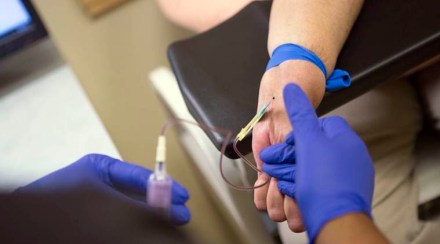Hospitals are making increasingly innovative use of big data and analytics—from processing of patient information to supplement diagnosis to easing of hospital administration, there are a raft of benefits. The next rung in the ladder? An analytics-based “command centre” that streamlines a hospital’s diverse functions and services. Imagine a hospital wherein all essential information—patient vitals, required prescriptions, availability of hospital staff, real-time data on vacant beds—can be accessed from a screen by healthcare providers and hospital staff.
The Humber River Hospital in Canada, in collaboration with GE Healthcare Partners, has set up a “mission-control-style” central hub for its functions and services. Machine learning and analytics helps it address issues related to capacity, safety, quality and wait-times. The hub’s Wall of Analytics processes real-time data and issues alerts for corresponding staff at the command centre to complete the tasks. For instance, it enables real-time bed counting and makes projections of current and future bed needs.
In a country with a severe shortage of medical professionals such as India— it has one allopathic doctor per every 10,000 or so households, as per the National Health Profile, against the WHO-recommended one per every 25—adoption of such technology can work wonders. With such a command centre powered by technologies such as AI and IoT, doctors can remotely monitor patients and thus can prioritise responses and patients, all the while ensuring quality of care that is equivalent to bedside care-giving.
Given each doctor can oversee multiple patients at the same time, and be alerted exigencies, the real-time filtration of data and enhanced visuals vastly increase the efficiency of medical personnel. Analytics could also power predictive insights into patient-care—matching symptoms against a repository of diagnoses, it could make treatment more timely and effective by improving accuracy of diagnosis, calculating the urgency of surgical intervention required, etc.
